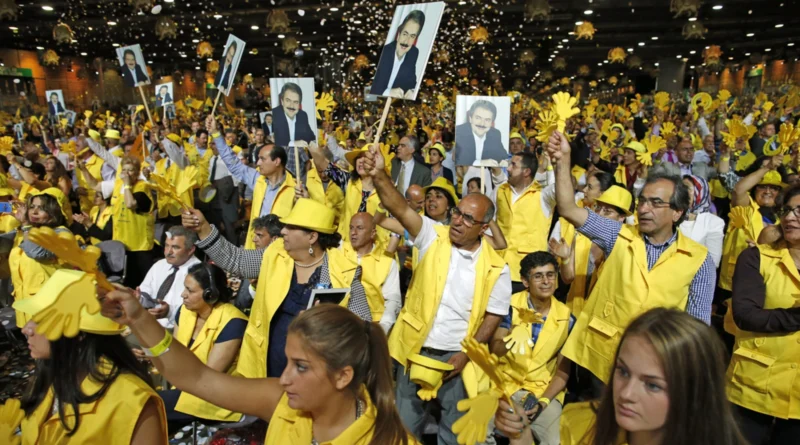Iran Executes Two MEK Members, Amplifying Internal Politics
Two members of the banned political group Mujahideen-e-Khalq (MEK), Mehdi Hassani and Behrouz Ehsani-Eslamloo, were executed in Iran, as shared by the judiciary’s news outlet Mizan on Sunday. The two individuals were given a death sentence for attacks on civilian properties using self-assembled explosives, a sentence reinforced by Iran’s Supreme Court.
According to Mizan, these men were actively involved in the operations of the MEK. They had established a base of operations within Tehran, from where they assembled, and subsequently launched, the projectiles.
These devices were fired without regard for human life or property, targeting civilian homes, public and administrative buildings, as well as educational and charity establishments. The severity of their actions amplified by their reckless approach toward causing indiscriminate damage.
Beyond physical attacks, this duo also engaged in activities supporting the MEK’s cause, such as propaganda dissemination and intelligence gathering. Their actions were consistent with the objectives of the MEK, contributing in various ways to the group’s strategic agenda.
Hassani and Ehsani-Eslamloo were charged with ‘moharebeh’, an Islamic legal term that translates to ‘waging war against God’. This charge typically attaches to acts involving substantial harm to public property.
Notably, the report did not specify whether these activities occurred during the recent tensions between Israel and Iran. During this period, Tehran accused internal opposition groups like the MEK of assisting Israel.
The concept of ‘moharebeh’ was not the only charge against these individuals. They were also accused of ‘membership in a terrorist organization with the purpose of disturbing national security’, indicating their affiliation with the MEK and their contributions in destabilizing Iran.
The MEK, also known as the People’s Mujahideen Organization of Iran in English, was once a robust group with leftist-Islamist roots that orchestrated bombing operations against the shah’s government and US targets during the 1970s.
However, the MEK demonstrated a significant turn of events post the 1979 Islamic Revolution. Strained relationships led to a falling out with other factions in the aftermath of the revolution, finding themselves more adversaries than allies.
Since siding against the majority during the Islamic Revolution, the MEK has fervently opposed the Islamic Republic in Iran. Today, they continue to voice opposition despite their leadership being exiled to Paris.
The controversial status of the MEK isn’t confined within Iran’s borders. The group was also recognized as a terrorist organization by the United States and the European Union. The MEK has faced considerable international scrutiny, leading to its designation.
However, it’s important to note that the status of the MEK has undergone changes in recent years. Following considerable dialogue and negotiation, this designation was retracted in 2012, indicating evolving international perspectives.
Despite this retracted designation, the MEK still treads a contentious path. International outlooks may have shifted, but within Iran, their actions continue to be seen as damaging the nation’s stability, a perspective reinforced with these latest executions.
These recent events involving the MEK are a stark reminder of the deep-seated political issues within Iran. The MEK’s operations, deemed terroristic by the nation’s courts despite varied global perspective, continue to fuel the tension.
The execution of Hassani and Ehsani-Eslamloo under such serious charges exemplify the Iranian government’s zero-tolerance approach towards activities undermining their national security. These actions may mark a significant turning point in Iran’s internal affairs and its handling of political opposition.
In conclusion, the execution of these two members of MEK underlines an ongoing, intense political struggle within Iran. The MEK continues to navigate a precarious path, leaving everyone watching to anticipate what may come next in Iran’s complex political tapestry.

